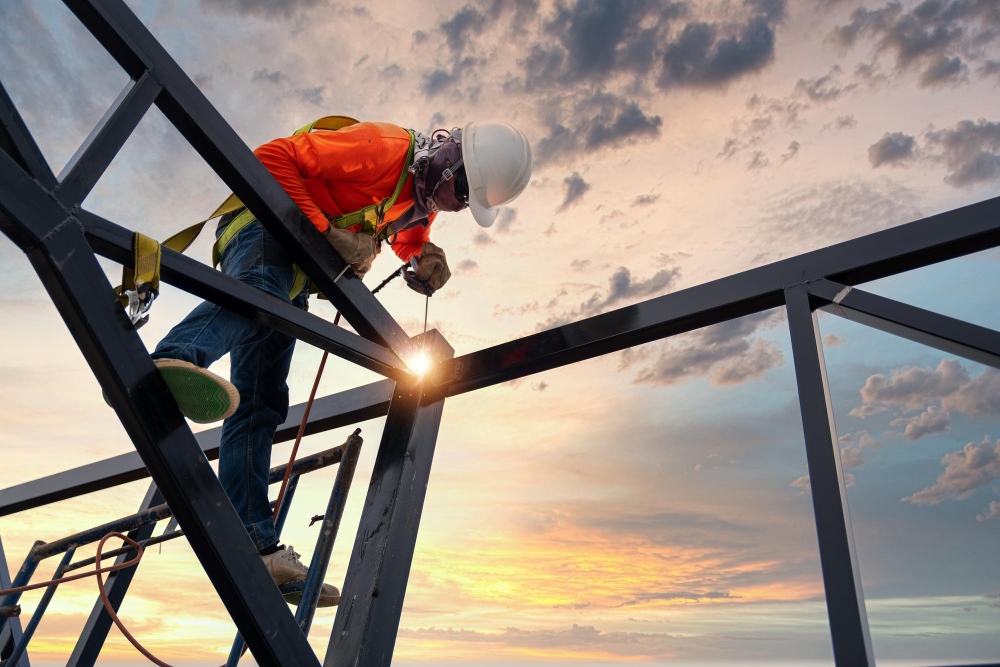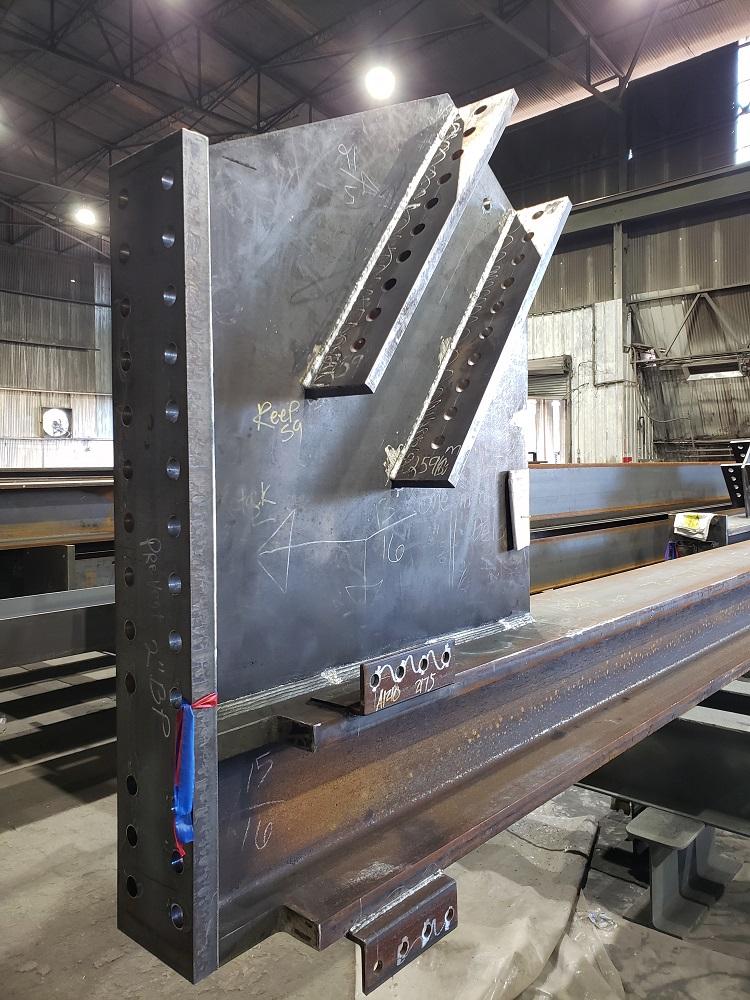The Ultimate Manual on Customized Steel Manufacture Solutions for Structural Projects
In the realm of architectural projects, the value of customized steel fabrication options can not be overstated. From the foundational understanding of steel manufacture basics to the detailed process of choosing one of the most suitable materials, every action in this trip plays an essential duty in the best success of a project. As we navigate via the complexities of style factors to consider, manufacture processes, and quality assurance measures, a thorough manual functions as a directing light for specialists looking for excellence in steel fabrication options. Keep tuned to reveal the insights that can change the means structural jobs are come close to and implemented.
Recognizing Personalized Steel Manufacture Essentials
Looking into the principles of custom-made steel construction supplies insight into the elaborate process of transforming raw steel into customized architectural parts. Custom-made steel construction is a specific manufacturing technique that entails cutting, shaping, and setting up steel materials to create one-of-a-kind frameworks according to certain job requirements. Understanding the essentials of custom-made steel construction is essential for ensuring the successful execution of architectural jobs.
The process commonly starts with the evaluation of task requirements and design needs. This preliminary phase entails thorough planning and collaboration in between makers, developers, and engineers to figure out one of the most suitable strategy for fabricating the steel parts. Precision is vital during the manufacture process, as also minor inconsistencies can influence the architectural honesty of the final item.
Various methods, such as reducing, welding, and shaping, are utilized to change raw steel into the preferred architectural elements. Competent makers use advanced machinery and devices to ensure accuracy and uniformity throughout the fabrication process. Quality control actions are executed to confirm the honesty of the fabricated elements prior to they are constructed on-site, guaranteeing conformity with sector standards and project specs.
Picking the Right Steel Materials

Primarily, the sort of architectural job and its particular requirements play a crucial duty in figuring out the most suitable steel products. Variables such as the load-bearing capability, environmental conditions, and wanted life expectancy of the structure will determine the grade and type of steel that need to be made use of.
Additionally, the physical homes of the steel, including weldability, ductility, and strength, have to line up with the project's demands to ensure optimum efficiency and longevity (Alpha reo). In addition, considerations such as deterioration resistance, cost-effectiveness, and accessibility of the steel products ought to additionally be taken right into account during the choice procedure
Style Factors To Consider for Structural Tasks
Structural tasks necessitate careful attention to create considerations to make sure both functionality and security are focused on throughout the construction procedure. When it comes to designing architectural projects, a number of vital elements need to be taken into account to ensure the success of the undertaking. By carefully thinking about these facets throughout the design phase, designers and architects can make certain visit site the structural job's success from perception to conclusion.
Enhancing Construction Processes for Performance

In addition, executing lean production principles can substantially boost efficiency in steel construction. By decreasing waste, optimizing operations, and enhancing communication in between various teams associated with the manufacture procedure, projects can be completed much more quickly and with better standards.
Moreover, developing a well-organized production routine and operations can aid in prioritizing tasks, designating resources successfully, and conference task deadlines promptly. By having a clear plan in location and consistently monitoring progress, any potential bottlenecks or delays can be determined and dealt with immediately, making sure smooth and reliable manufacture procedures for architectural jobs.
Quality Assurance and Job Administration in Steel Fabrication
To ensure the effective implementation of steel manufacture tasks, careful quality Home Page assurance procedures and efficient job management practices are essential parts in keeping accuracy and meeting client expectations. Quality control in steel manufacture entails extensive evaluations at various phases of the construction process to verify conformity with job specifications and sector criteria. This includes material testing, dimensional checks, and weld assessments to guarantee structural honesty and security.
Project monitoring plays a vital function in coordinating the numerous elements of steel manufacture jobs, such as scheduling, source allotment, and communication amongst staff member. A distinct project strategy with clear objectives, landmarks, and timelines assists to keep an eye on progress and resolve any type of possible problems proactively. Reliable communication between all stakeholders, consisting of clients, makers, professionals, and designers, is crucial for ensuring that the task proceeds efficiently and meets the preferred top quality requirements.
Conclusion
In final thought, personalized steel fabrication plays a vital role in structural jobs by supplying customized solutions utilizing the ideal products and layout considerations. Effectiveness in construction procedures, quality assurance, and effective project administration are necessary for effective end results. By understanding the basics of customized steel construction and carrying out structured procedures, task groups can deliver premium and long lasting frameworks that fulfill the details demands of their customers.
Personalized steel manufacture is a customized production strategy that includes cutting, shaping, and setting up steel materials to produce distinct structures according to particular project requirements.To ensure the effective implementation of steel construction jobs, precise quality control measures and reliable job administration practices are why not try this out important components in keeping accuracy and conference client expectations. Quality control in steel manufacture entails extensive evaluations at numerous phases of the construction process to validate compliance with project requirements and market standards (steel fabrication melbourne).Project monitoring plays an essential role in coordinating the numerous aspects of steel manufacture jobs, such as organizing, source allocation, and interaction among group members.In verdict, customized steel manufacture plays a vital function in structural jobs by providing customized solutions utilizing the right materials and layout considerations